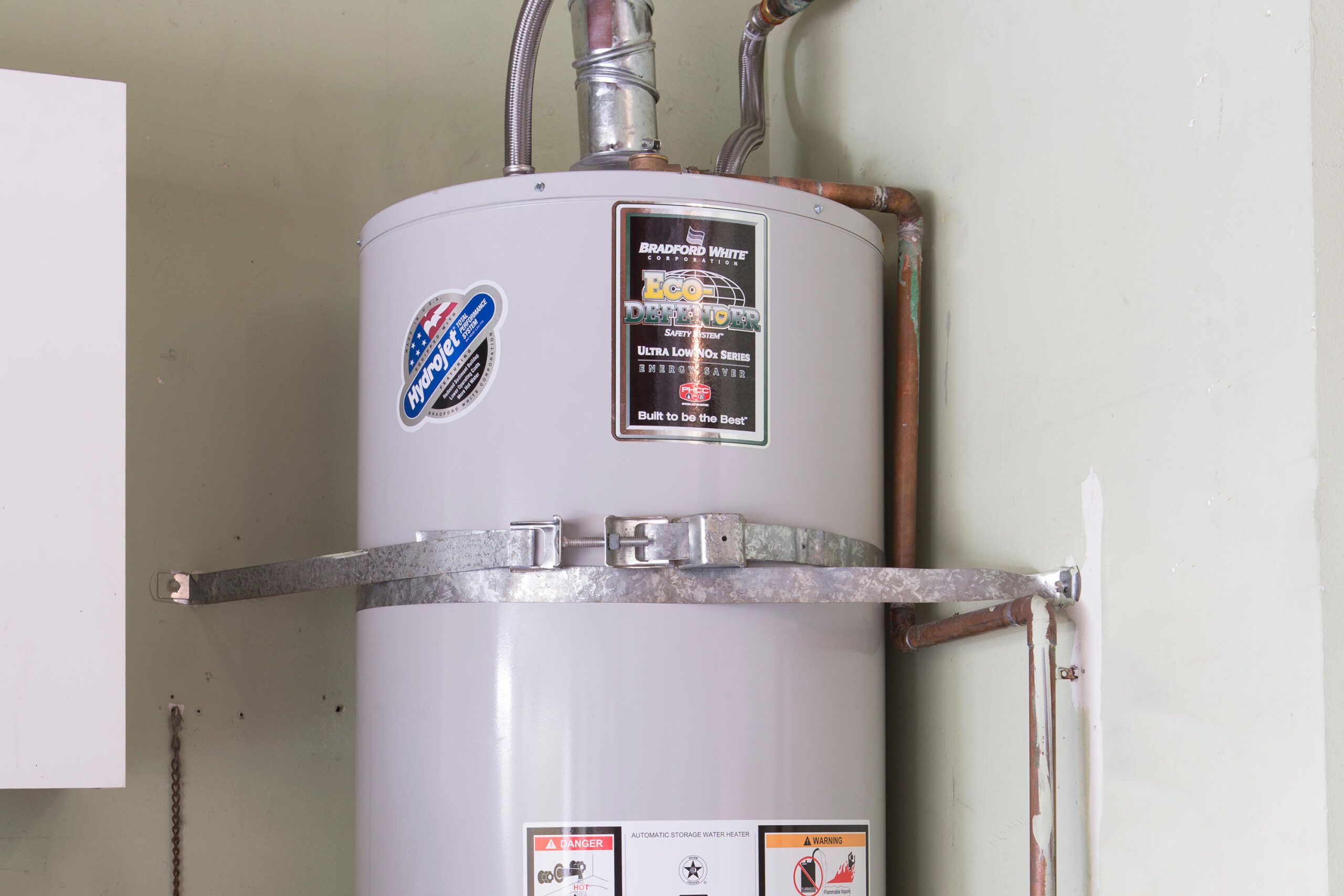Effective Techniques for Caring for Your Home's Hot Water System
Effective Techniques for Caring for Your Home's Hot Water System
Blog Article
We've come across the article about Tips on Maintaining a Water Heater below on the net and think it made perfect sense to talk about it with you over here.

Hot water is important for day-to-day comfort, whether it's for a rejuvenating shower or washing recipes. To guarantee your hot water system runs successfully and lasts longer, regular upkeep is vital. This short article provides practical ideas and insights on just how to preserve your home's warm water system to prevent disturbances and costly fixings.
Introduction
Keeping your home's hot water system may appear complicated, however with a couple of easy steps, you can guarantee it runs smoothly for many years to come. This guide covers whatever from recognizing your hot water system to DIY maintenance ideas and recognizing when to contact specialist aid.
Importance of Preserving Your Hot Water System
Routine upkeep not just extends the life expectancy of your warm water system yet additionally guarantees it operates efficiently. Ignoring maintenance can lead to decreased effectiveness, higher energy expenses, and even premature failure of the system.
Signs Your Hot Water System Needs Maintenance
Knowing when your warm water system requires focus can prevent significant problems. Keep an eye out for indicators such as irregular water temperature level, weird sounds from the heating unit, or corroded water.
Flushing the Hot Water Heater
Purging your water heater eliminates debris buildup, boosting efficiency and prolonging its life.
Checking and Replacing Anode Rods
Anode poles protect against deterioration inside the storage tank. Checking and changing them when worn is important.
Complicated Problems Requiring Expert Help
Examples consist of significant leaks, electrical troubles, or if your hot water heater is regularly underperforming.
Routine Professional Upkeep Perks
Expert maintenance can consist of detailed evaluations, tune-ups, and ensuring conformity with security requirements.
Inspecting and Readjusting Temperature Level Settings
Adjusting the temperature level setups guarantees optimal efficiency and security.
DIY Tips for Upkeep
You can do a number of maintenance jobs yourself to maintain your hot water system in leading problem.
Looking for Leaks
Regularly check pipelines and links for leaks, as these can lead to water damages and higher expenses.
Comprehending Your Hot Water System
Before diving into maintenance jobs, it's handy to understand the basic parts of your warm water system. Usually, this consists of the hot water heater itself, pipes, anode rods, and temperature level controls.
Regular Monthly Maintenance Tasks
Regular month-to-month checks can assist catch small problems before they escalate.
Examining Pressure Relief Valves
Checking the pressure safety valve ensures it functions properly and prevents extreme stress accumulation.
Shielding Pipes
Protecting warm water pipelines decreases warmth loss and can save energy.
When to Call a Specialist
While DIY upkeep is helpful, some issues require specialist experience.
Final thought
Regular maintenance of your home's warm water system is essential for performance, durability, and cost savings. By following these suggestions and understanding when to look for specialist help, you can make sure a trusted supply of warm water without unanticipated disruptions.
How to Maintain an Instant Hot Water Heater
Before tinkering with your hot water heater, make sure that it’s not powered on. You also have to turn off the main circuit breaker and shut off the main gas line to prevent accidents. Also turn off the water valves connected to your unit to prevent water from flowing into and out of the appliance. 2. When you’re done, you have to detach the purge valves’ caps. These look like the letter “T†and are situated on either side of the water valves. Doing so will release any pressure that has accumulated inside the valves while at the same time avoid hot water from shooting out and burning your skin. 3. When the purge valves’ caps are removed, you have to connect your hosing lines to the valves. Your unit should have come with three hoses but if it didn’t, you can purchase these things from any hardware or home repair shops. You can also get them from retail stores that sell water heating systems. Read the user’s manual and follow it to complete this task properly. When the hosing lines are connected, open the purge port’s valves. 4. You should never use harsh chemical cleaners or solutions when cleaning your unit. Make use of white vinegar instead. It should be undiluted and you’ll probably use about 2 gallons. 5. Now flush your water heater. This task should probably take about 40 minutes. We can’t give you specific directions for this because the procedure is carried out depending on the type, model and brand of your heater. With that being said, refer to the user’s manual. 6. When you’re done draining the unit, you have to turn off the purge port valves again. Remove the hosing lines that you earlier installed on each of the water valves. Put the valve caps (purge port) back in their respective places and be very careful so as not to damage the rubber discs that are found inside these caps. 7. Now that everything’s back in place, check your user’s manual again to find out how to reactivate your water heating system. 8. Once it is working, turn one of your hot water faucets on just to let air pass through the heater’s water supply pipes. Leave the tap on until water flows smoothly out of it. https://www.orrplumbing.com/blog/2014/september/how-to-maintain-an-instant-hot-water-heater/
:max_bytes(150000):strip_icc()/reasons-gas-water-heater-not-working-5212987-hero-fe6b82a59053421c88b7d13ea311d3c5.jpg)
Do you like reading about Water Heater Maintenance Tips You Can't Afford to Forget? Post a remark down below. We'd be pleased to listen to your responses about this posting. In hopes that you come back again later on. Liked our article? Please quickly share it. Let another person find it. Many thanks for your time invested reading it.
View Website Report this page